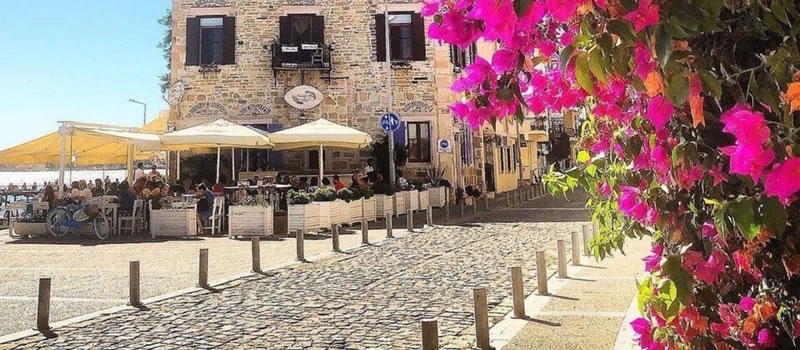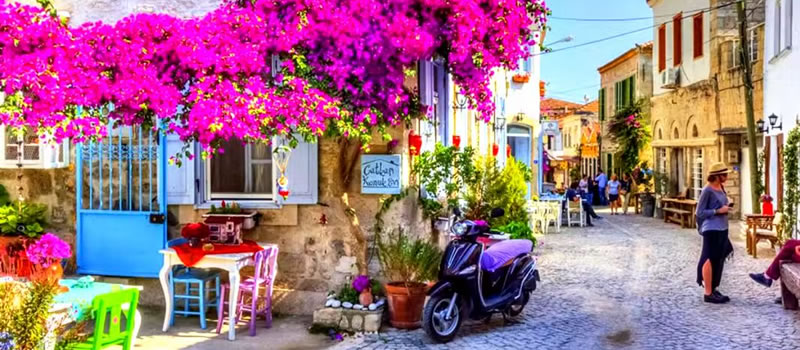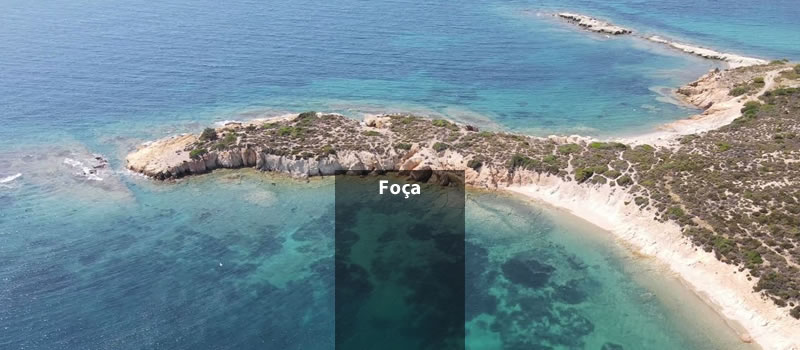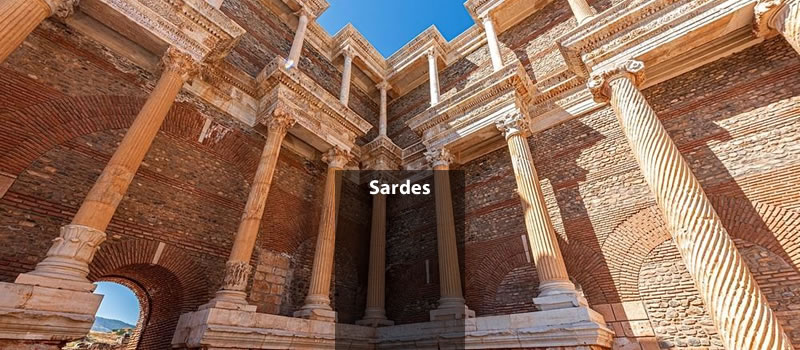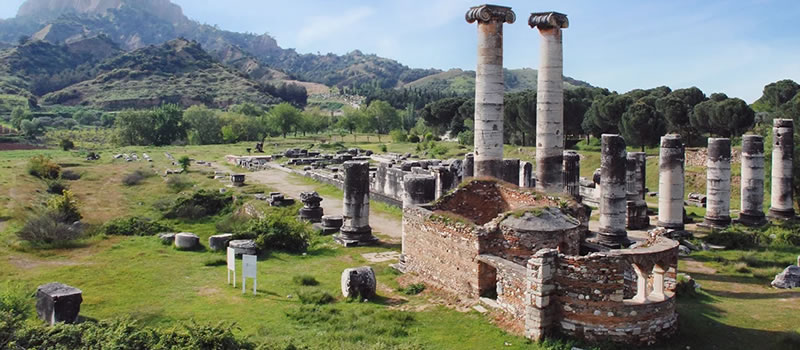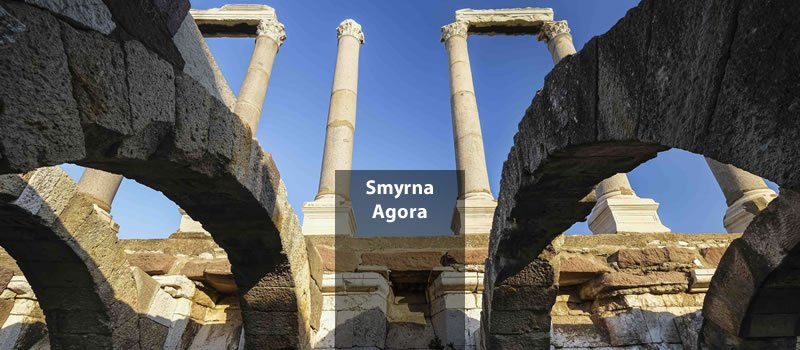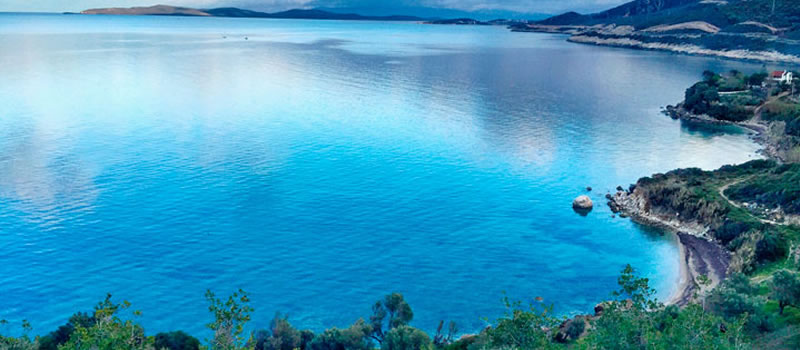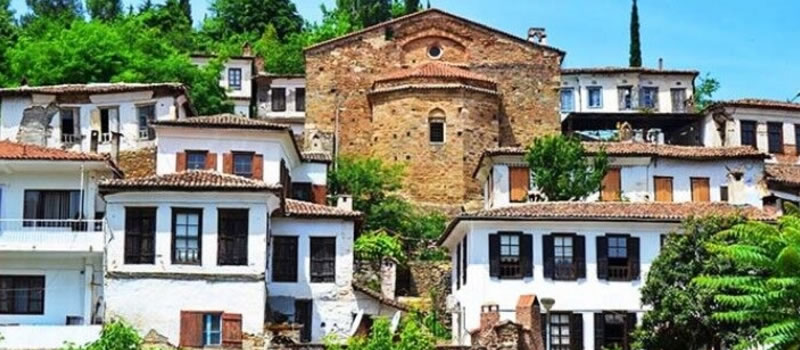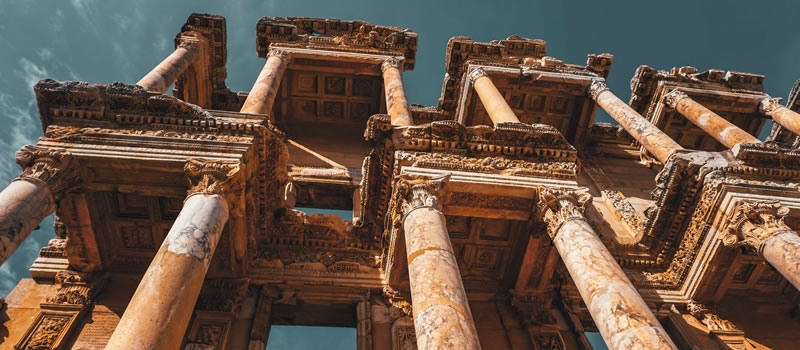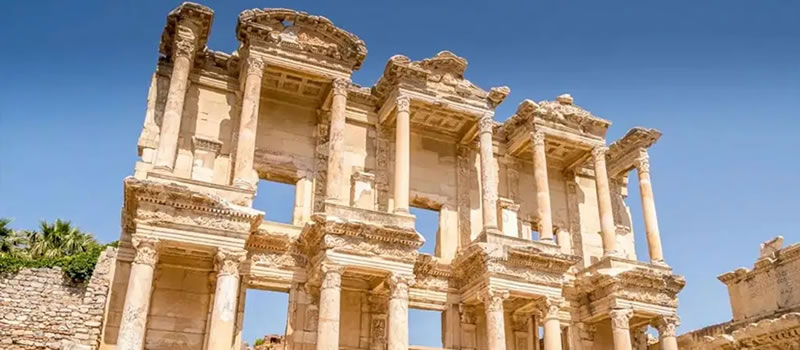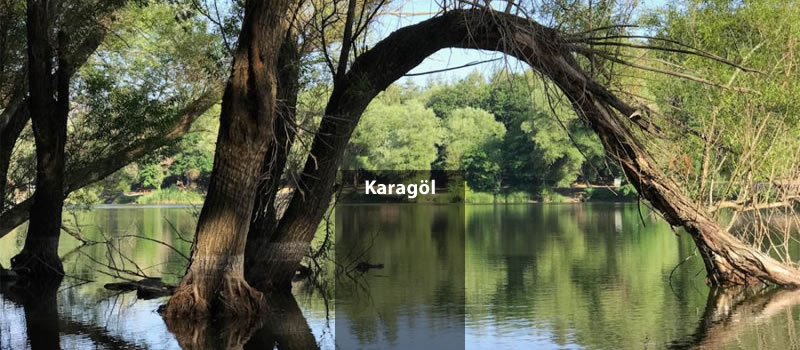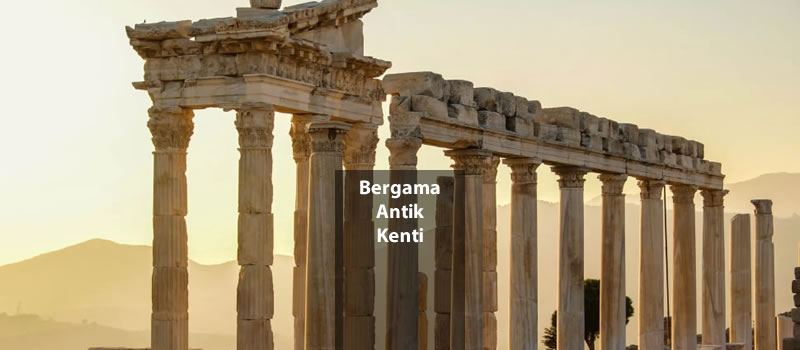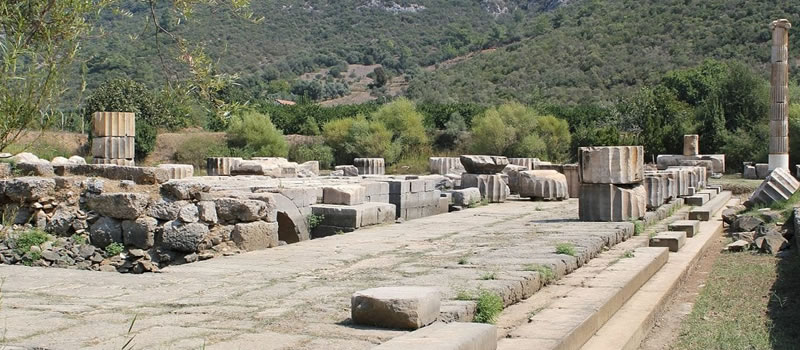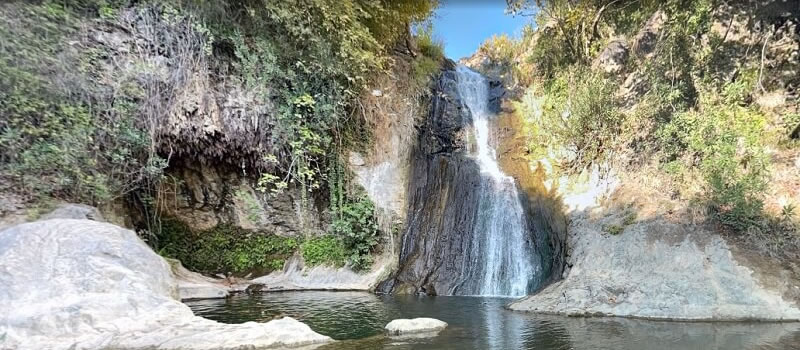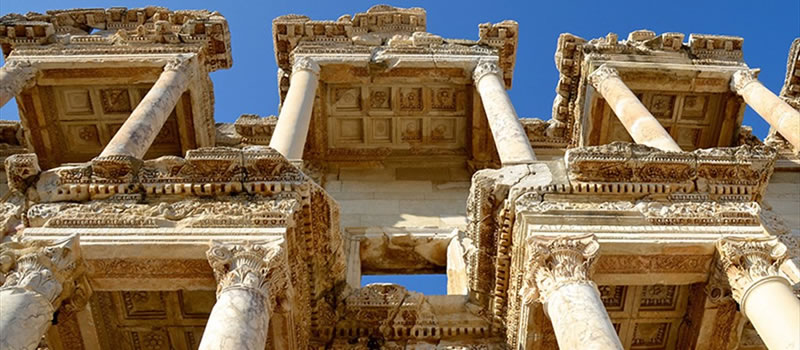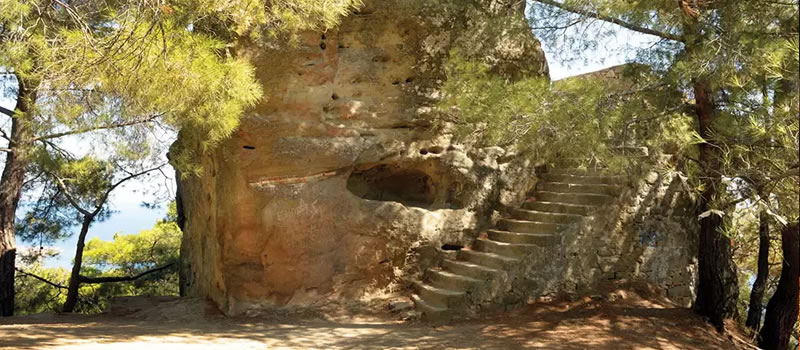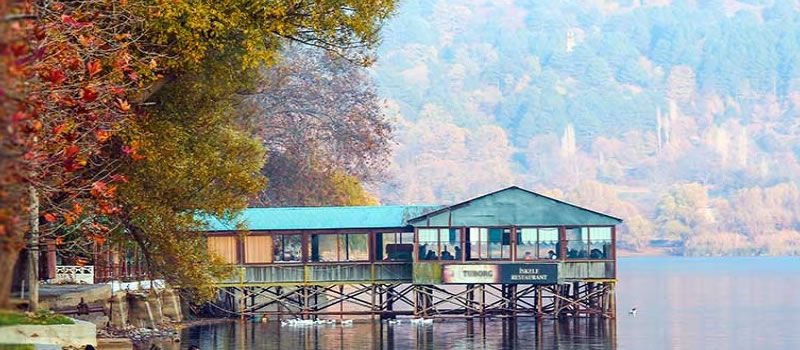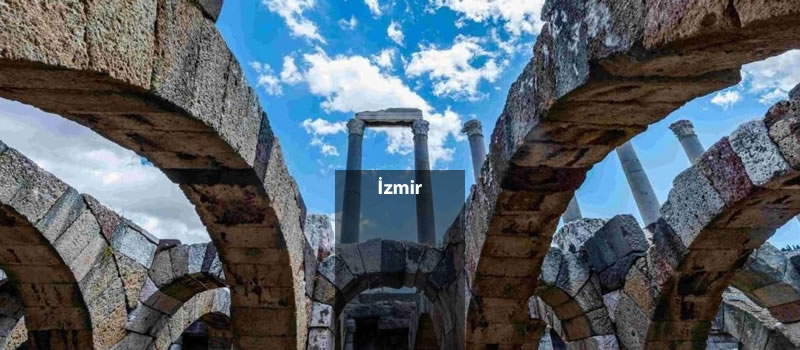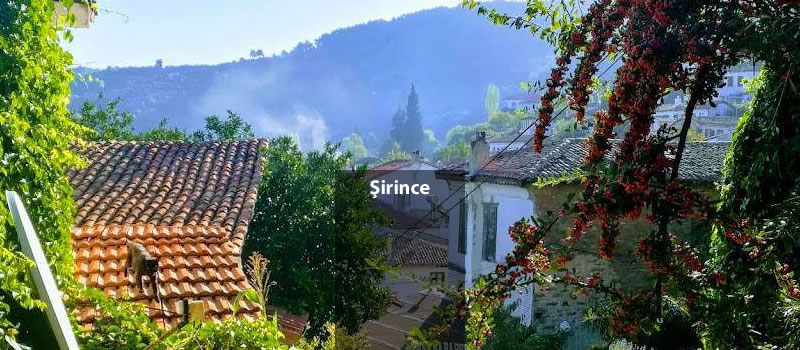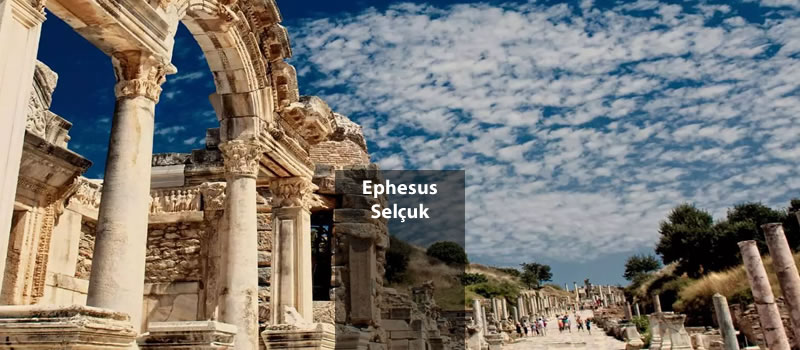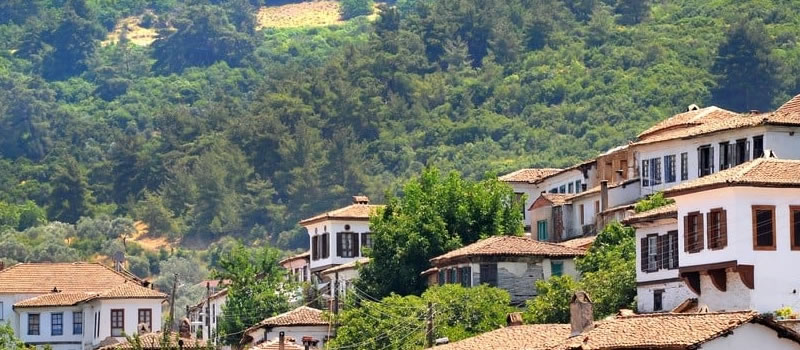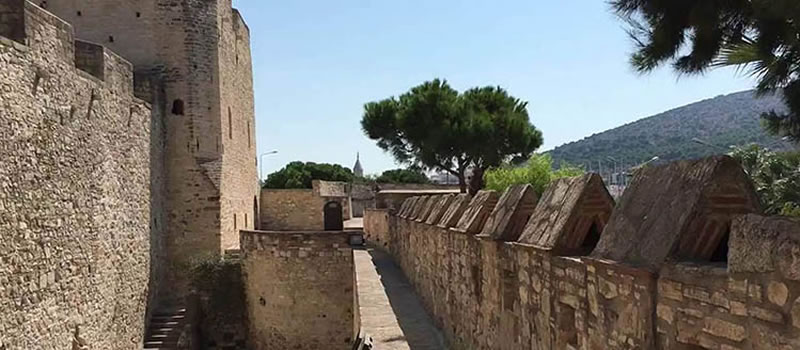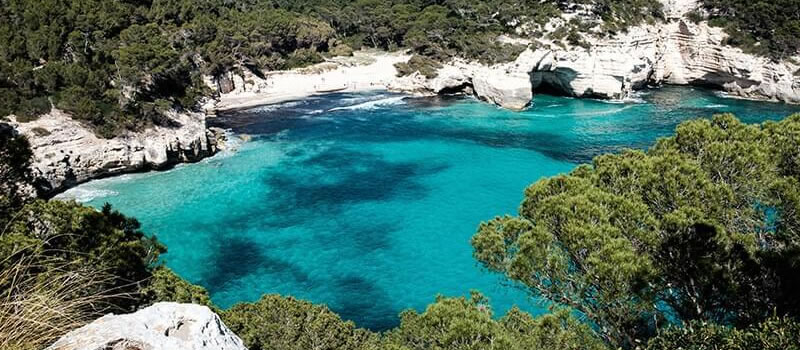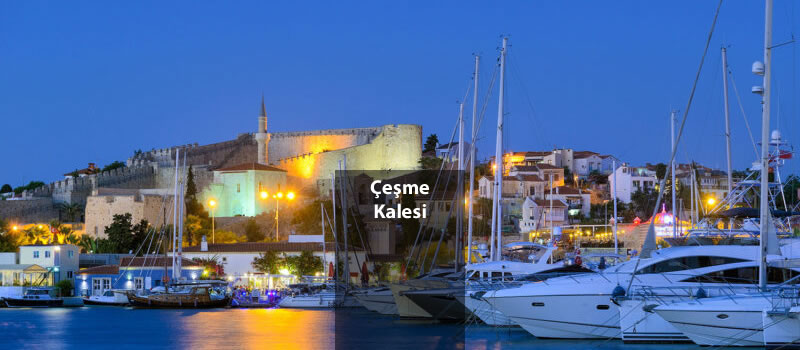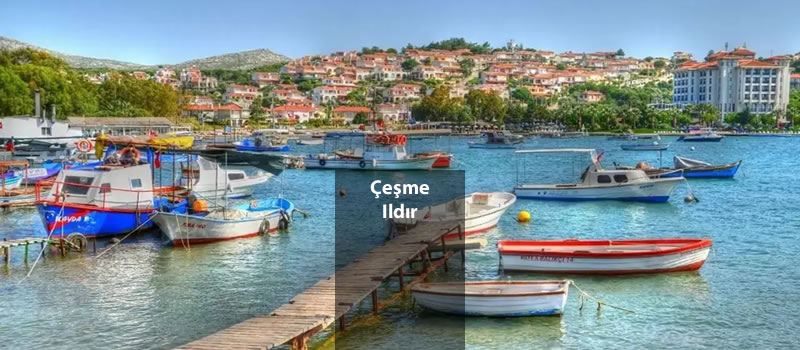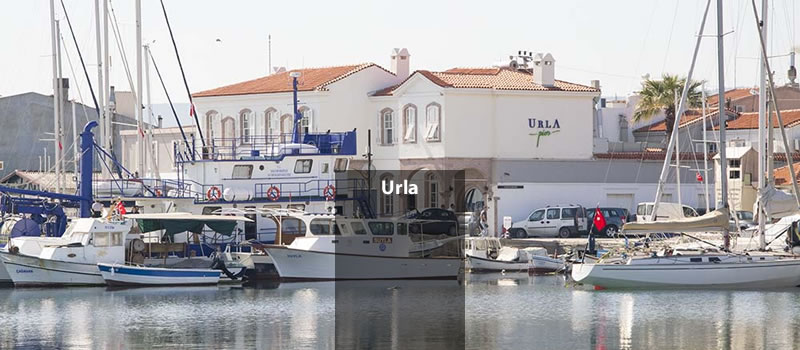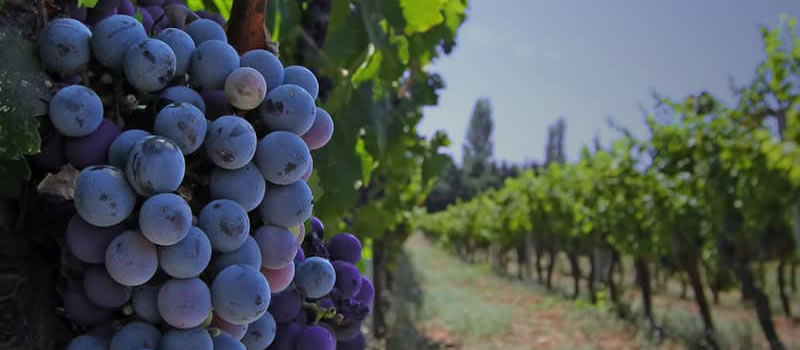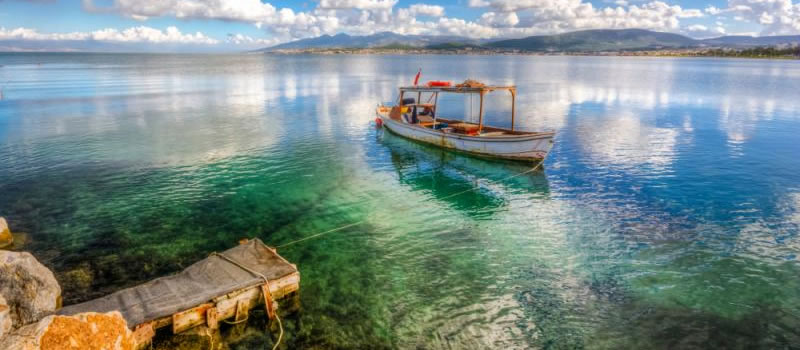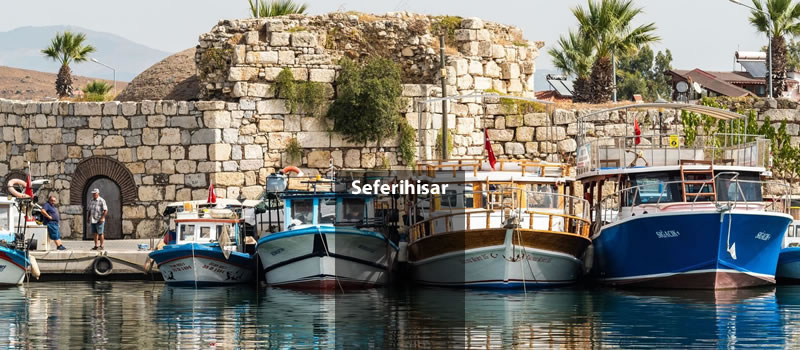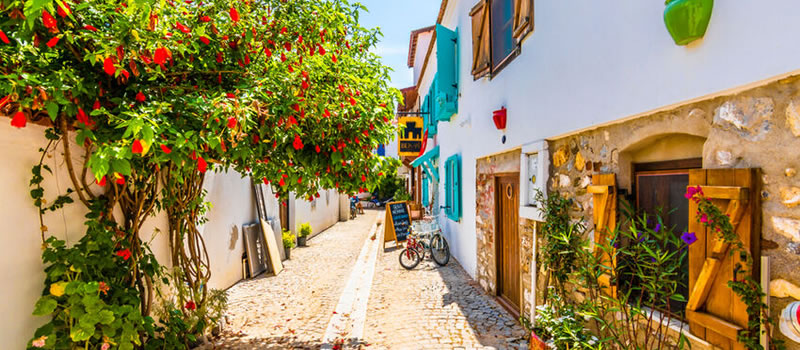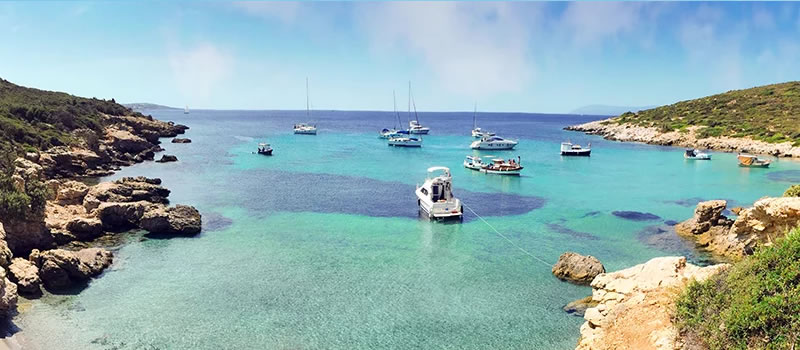Foca Historical and Natural Wonder of the Aegean

Foca is a coastal district located in the west of Turkey, within the province of İzmir. Situated in the Aegean Region, it embraces the sea along its coastline, known for its historical richness, natural beauty, and tranquil atmosphere.
Foca was known as Phokaia in ancient times and played a significant role in maritime trade as one of the ancient Greek colonies.
Following the Byzantine Empire, Foca came under the rule of the Ottoman Empire, becoming a center for trade, maritime activities, and cultural interactions throughout its historical journey.
After coming under the control of the Ottoman Empire, the historical trajectory of Foça continued to be shaped by trade and maritime activities.
The remnants from the ancient period, historical houses, and narrow streets give Old Foca the appearance of an open-air museum. The harbor, adorned with fishing boats and colorful houses, contributes to its distinctive charm.
As a modern extension of Old Foca, New Foca attracts tourists with its preserved historical streets, cafes, and harbor while maintaining its historical character.
Foca hosts many beautiful coves along its coastline, known for serene and clean beaches such as Küçük Deniz Koyu and İnciraltı Koyu.
These rocks, believed to be the dwelling place of the legendary Sirens, stand out with their sea view and historical atmosphere.
In Old Foca, you can take historical walks to explore ancient ruins and old houses.
Foca is an ideal destination for sea lovers with its clean waters and beautiful beaches.
Due to windy weather conditions, sailing sports are popular in Foca.
The lively fishing boats in the harbor are a delightful source of fresh seafood served in fish restaurants.
Foca is known as the pearl of the Aegean, with its historical richness, natural beauty, and warm atmosphere. With its historical structures, clean beaches, and peaceful ambiance, Foca offers visitors a serene and unforgettable experience.
Historical Riches:
Ancient Period:
Foca was known as Phokaia in ancient times and played a significant role in maritime trade as one of the ancient Greek colonies.
Byzantine and Ottoman Period:
Following the Byzantine Empire, Foca came under the rule of the Ottoman Empire, becoming a center for trade, maritime activities, and cultural interactions throughout its historical journey.
Ottoman Period:
After coming under the control of the Ottoman Empire, the historical trajectory of Foça continued to be shaped by trade and maritime activities.
Old Foca (Phokaia):
The remnants from the ancient period, historical houses, and narrow streets give Old Foca the appearance of an open-air museum. The harbor, adorned with fishing boats and colorful houses, contributes to its distinctive charm.
New Foca:
As a modern extension of Old Foca, New Foca attracts tourists with its preserved historical streets, cafes, and harbor while maintaining its historical character.
Natural Beauties
Coves:
Foca hosts many beautiful coves along its coastline, known for serene and clean beaches such as Küçük Deniz Koyu and İnciraltı Koyu.
Siren Rocks:
These rocks, believed to be the dwelling place of the legendary Sirens, stand out with their sea view and historical atmosphere.
Historical Walk:
In Old Foca, you can take historical walks to explore ancient ruins and old houses.
Sea Tourism:
Foca is an ideal destination for sea lovers with its clean waters and beautiful beaches.
Sailing and Water Sports:
Due to windy weather conditions, sailing sports are popular in Foca.
Fishing:
The lively fishing boats in the harbor are a delightful source of fresh seafood served in fish restaurants.
Foca is known as the pearl of the Aegean, with its historical richness, natural beauty, and warm atmosphere. With its historical structures, clean beaches, and peaceful ambiance, Foca offers visitors a serene and unforgettable experience.


